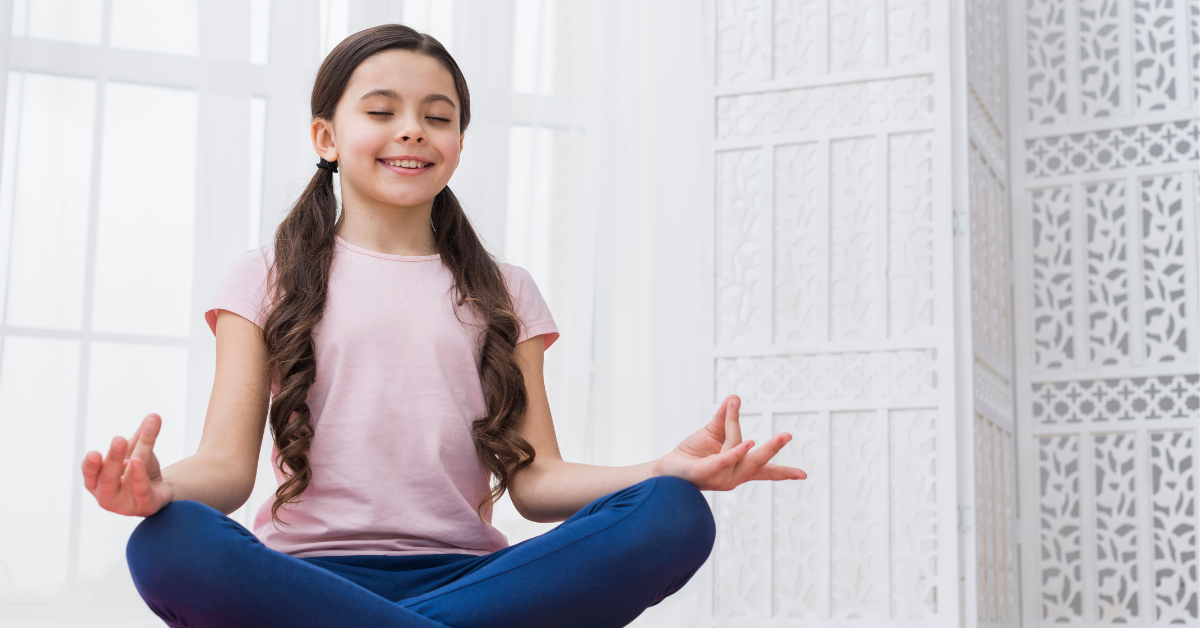
Mindfulness can be a wonderful practice for kids to help them develop self-awareness, emotional regulation, and a sense of calm. Mindfulness meditation is a practice centered on being fully present in the moment, focusing on emotions, sounds, and the surroundings. This doesn’t necessitate a serene setting or clearing one’s mind. Instead, it involves observing current experiences.
The Importance of Teaching Mindfulness to Children
Teaching mindfulness equips children with tools to bolster confidence, manage stress, and navigate challenges. Early exposure enhances their resilience as they mature, providing crucial skills such as attention control, task-switching, and effective social interaction.
Benefits of Mindfulness for Kids
Mindfulness offers numerous advantages for children:
Enhanced Focus, Self-Control, and Compassion: Children may develop heightened attention, improved self-discipline, and increased empathy.
Improved Academic Performance and Well-being: Mindfulness potentially leads to better school performance, conflict resolution abilities, and overall happiness.
Reduced Stress, Depression, Anxiety, and Disruptive Behavior: Mindfulness might mitigate stress-related problems among kids.
Introducing Mindfulness to Children: Practical Techniques
Engage kids in mindfulness through simple activities, like these two examples:
1. Kindness Meditation
Get Comfortable: Sit comfortably, maybe placing a hand on your heart, and close your eyes or lower your gaze.
Reflect on Someone You Respect: Visualize someone you admire and who cares about you.
Observe Your Emotions: Notice your feelings while thinking about this person.
Send Positive Wishes: Envision actions that could make them happy and send those well-wishes.
Extend to Others: Repeat the process for another person you care about and then for someone neutral or less familiar.
Kind Thoughts for Challenges: Lastly, do this for someone who’s been challenging, sending them kind thoughts too.
Conclude Mindfully: After the practice, check in with yourself, open your eyes if closed, and observe any changes.
2. Rainbow Hunt
Find a Comfortable Spot: Sit or stand comfortably and take a few deep breaths to relax.
Embark on a Colorful Quest: Imagine a treasure hunt in your environment, looking for colors of the rainbow.
Mission for Each Color: Starting with red, find something in that color, observing its features.
Acknowledge Discoveries: After finding each color, take a deep breath and acknowledge your find.
Continue the Hunt: Repeat for all colors – orange, yellow, green, blue, purple.
Reflect on the Collection: Take a moment to look at all the items and note how each color feels.
Gratitude and Closure: Conclude with deep breaths and appreciation for this mindful journey.
In Summary
Teaching mindfulness to children reaps numerous benefits. Early exposure empowers children with skills to manage stress, cultivate confidence, and navigate challenges effectively. It develops attention, memory, and social skills, laying the groundwork for improved academic performance, creative problem-solving, and positive relationships.
Overall, introducing mindfulness to children cultivates emotional intelligence, enhances well-being, and imparts lifelong coping mechanisms.
Here at Zevo Health, we have a vast suite of wellbeing trainings on various topics. Explore our library of trainings and discover how we can enhance the health and wellbeing of your organisation.

